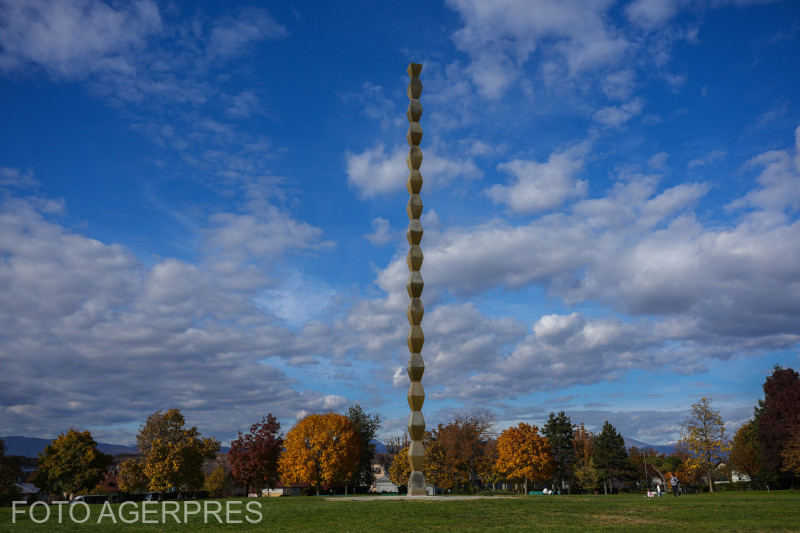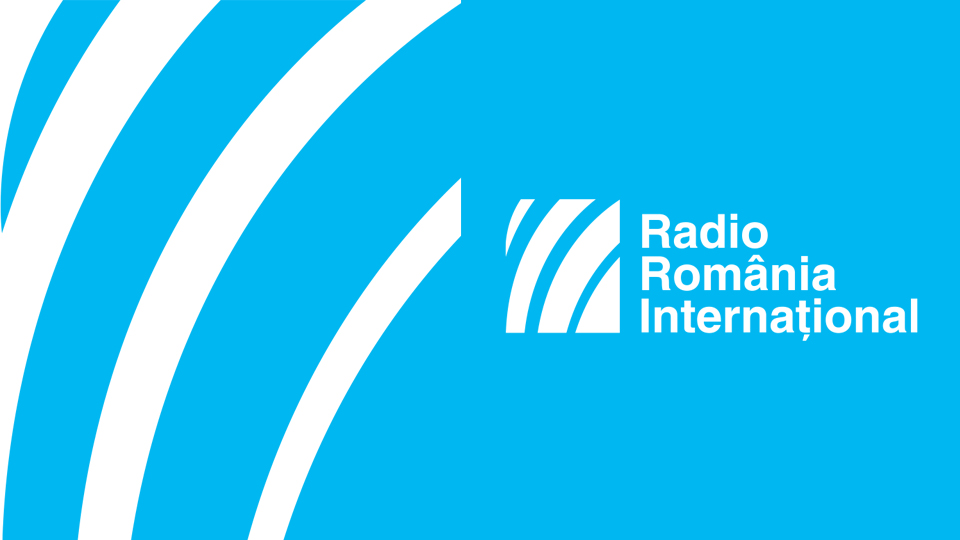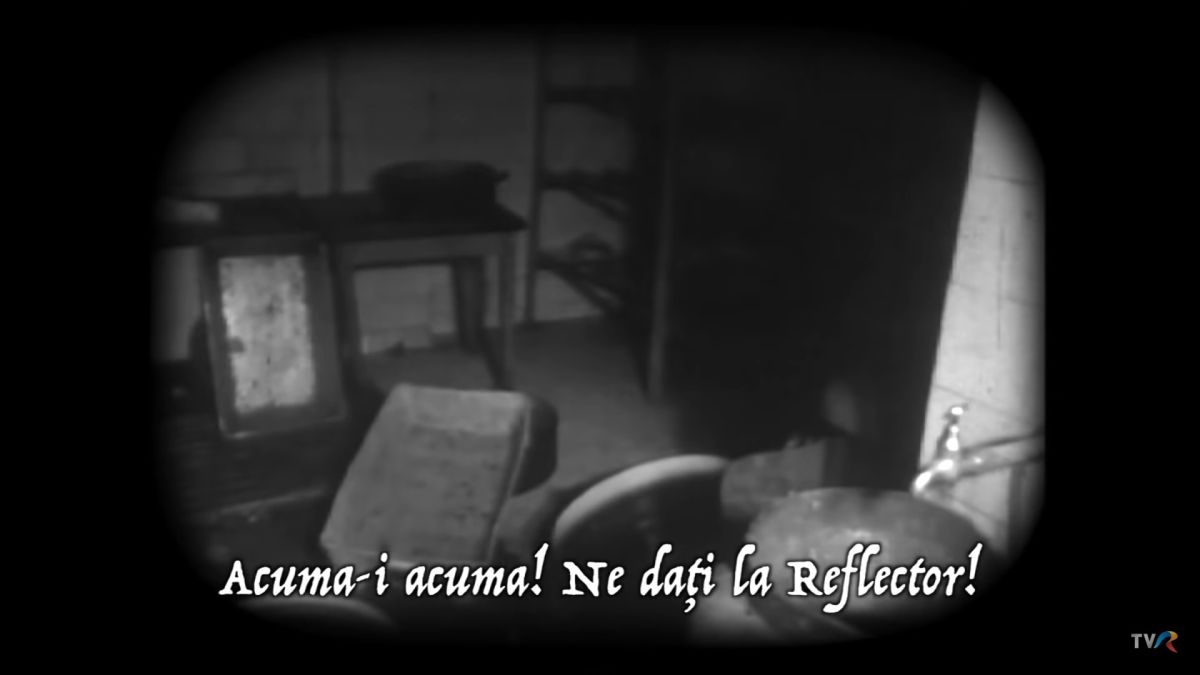The search for the perfect Romanian
In the first decades of the 20th century, Romanias ethnic science representatives were looking for the ideal Romanian, but that scientific trend was actually a European one

Steliu Lambru, 24.09.2018, 11:00
Racism, eugenics, blood, language, culture and religion, these all formed the ideological arsenal of Nazism. However, in the cultural and scientific context of the first half of the 20th century, these concepts, taken separately, were used to look for confirmations of the differences between ethnic communities and nations. Ethnic research wanted to discover the essential elements of the nation.
In the first decades of the 20th century, Romanias ethnic science representatives were looking for the ideal Romanian, but that scientific trend was actually a European trend. Biology, anthropology and medicine experts joined hands in this grandiose project and came up with solutions which todays science would regard with stupefaction. Physicians were the ones to set the basis for this ethnic research, the most outstanding personalities in the field being Gheorghe Popoviciu, Francisc Rainer, Olga Necrasov, O. C. Lecca, Ion Chelcea and Iordache Făcăoaru.
Historian Marius Turda is teaching history of race at the Oxford Brooks University and has had several books published on this theme. He presented the European cultural and ideological context in which the ethnic science emerged and developed in Romania.
Marius Turda: “We are talking about Greater Romania, a state surrounded by countries that were claiming Romanian territories. Those were difficult times for the Romanian state and there were these people, in almost all domains of knowledge, who were trying to keep the country united. They had achieved Greater Romania which had to be populated with Romanians. There were regions and cities where the Romanians did not form the majority. On the one hand, a way had to be found to strengthen the Romanian presence, to encourage Romanians to have a large family with many healthy children. On the other hand, a way had also to be found to identify who these Romanians were, especially in the areas where their Romanian ethnicity was not clear from a linguistic and cultural point of view.
At one point, the ethnic science seemed to have found the essential elements of a nation: blood and race traits. Marius Turda says that the two benefited from all the attention of Romanian physicians, anthropologists and biologists.
Marius Turda: “The anthropological science, as it was defined in the 1920s, could prove, based on the analysis of blood type and race traits or physical traits that certain persons belonged to certain groups that could be easily identified, beyond any doubt. Lets take language, for instance. It can be easily acquired and very many people can declare themselves Romanians or Hungarians if they speak Romanian or Hungarian. But if they belong to an ethnic group from a racial, cultural or linguistic point of view, they cannot change that reality. These traits pointed to the origin of individuals, of their family, of their place of origin, as they preserved that specificity of blood type or race area. Especially in the 1930s, this became a frequent argument for finding the essence of the Romanian, for defining the Romanian. He could be defined from a linguistic, cultural and religious point of view, but the missing element was what a Romanian looked like. One had to find those physical traits that made a Romanian different from a Greek or a German. It was easy for scientists to differentiate the Romanian from the German, but they found it difficult to do so in the case of Greeks and Bulgarians, as differences were minimal.
Marius Turda tell us whether or not race research highlighted the biological unity of Romanians: “Few pushed the race argument as far as to create different ethnic Romanian zones within Greater Romania. However, this did happen, but in relation to another two different aspects, namely the Dacian – Roman continuity and then the Romanian continuity in Transylvania. They went to great lengths to prove the existence of a Romanian ethno-racial nucleus in Transylvania in order to fight the Hungarian and immigration theories about Transylvania. A lot had been written about the differences between the Romanians in Transylvania and those in Moldavia and Wallachia. The Romanians in Transylvania belonged to the race groups that were predominant in Central and Western Europe, while those in Moldavia and Wallachia, especially in Dobrogea, belonged to the race groups specific to the Balkans, that were greatly influenced by the Asian invasions, the Tartar and Turkish occupations and by the Greeks. Also, the issue of regions superiority was raised, and the answer to that is easy to give: Transylvania was identified as having the most numerous Romanian traits, the region that had preserved the Romanian traits in the most pure form, as the Romanians there had not mingled very much with foreigners, since they were living in the mountains.
But what did the perfect Romanian look like? Marius Turda: “Lots of research was made on the Moti people of Transylvania, not only because Avram Iancu, a hero of the 1848 revolution in Transylvania, who was one of them, was from that region and was a symbol of the fight against the Hungarians, but also because they had lived rather isolated, and, according to the anthropological theory, groups could be identified that had lived isolated for a long time. They said that the typical Romanian was the one from the Apuseni Mountains. So, there was also a linguistic unity, despite the fact that in the 1930s regionalisms were very much used. Identification of the perfect Romanian from a religious point of view was more difficult then than it is now, because there used to be more Greek-Catholic Romanians in Transylvania and Maramures as well as reformed Romanians.
The perfect Romanian was a scientific fantasy of an epoch when rationalism still dominated society, just like in the previous and subsequent epochs. Like in many other cases, science was simply wrong.(Translated by L. Simion; edited by D. Vijeu)






























